A More Modern Coronation Chicken Salad - No. 343
And the American heiress Marjorie Merriweather Post
STANDING OUTSIDE HILLWOOD, the magnificent 1920s home and gardens of American heiress Marjorie Merriweather Post (MMP), I couldn’t help but smile overhearing a conversation between two young girls.
‘’Where are we going?’’ one asked, walking to the entrance.
‘’Into the home of a really rich person,’’ responded the other.
And what a home it was, nestled in northwest Washington D.C., on 25 acres with exquisite gardens and mansion rooms filled with souvenirs from MMP’s travels and lifelong love of French decorative and Russian imperial art.
As I stepped into the Uber taking me back to the airport, I wondered what room or garden would fascinate those girls. The pond frogs spewing water like garden hoses from their mouths, a sweet cemetery dedicated to all the beloved dogs of MMP’s life, little bridges and stepping stones crossing ponds in a Japanese garden, or the diamond-bedazzled Faberge eggs surrounded by security glass.
Maybe not the sterile kitchen-meets-chemistry lab with its miles of stainless steel countertops and all the mixers and grinders needed to make enough food to entertain crowds. The cozy dining room table was once used on her yacht, and the ivy china came from her palatial Palm Beach, Florida residence we all know the name of now—Mar-a-Lago, from the Spanish meaning ‘’sea to lake’’ because it touches the Atlantic Ocean on the east and the Lake Worth Lagoon on the west.
The words ‘’Mar-a-Lago’’ snapped me out of my Gilded Age dream and back into reality. Maybe the reason so many of us tour grand mansions and gardens is that for a hour or so we’re not in our world. We’re not making a grocery list or returning emails.
We’re standing in an heiress’s pink bedroom and see the small room to the left where she gets her hair styled each morning. We’re walking past rows of lush crimson azaleas and into hidden garden rooms with pools, benches, and inscriptions to ponder.
When MMP died in 1973, Mar-a-Lago was bequeathed to the National Park Service for the American people. She had hoped the beach home might be used for state visits or as a winter White House. But seven years later, realizing the property was difficult to secure and too expensive to maintain, Congress returned the gift to the Post Foundation, which sold it to Donald Trump in 1985.
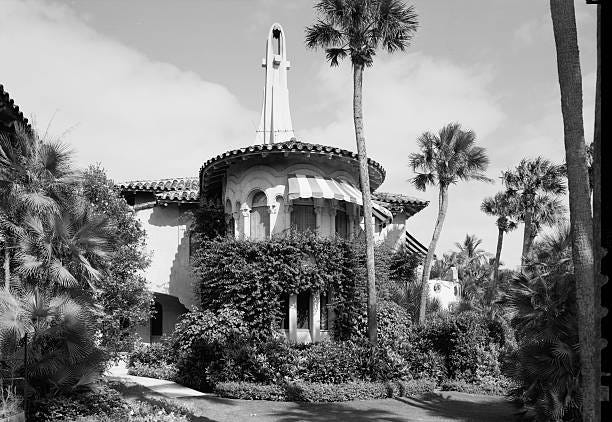
MMP was born on March 15, 1887, to Ella Merriweather Post and Charles William (C. W.) Post, the latter the founder of the Post cereal empire. But it wasn’t always easy for their family. When MMP was young, her father suffered from mental health issues and was treated at the Battle Creek (Michigan) Sanitarium run by Seventh Day Adventist Dr. John Harvey Kellogg.
Upon recovering, Post bought a toaster and began experimenting with healthy recipes for making his own breakfast cereal. He created Grape Nuts, Post Toasties, as well as Postum, a cereal-based coffee substitute, brands that would soon captivate America and make him a multimillionaire.
After the death of both parents, MMP became the sole owner of the $20 million cereal company that would be renamed the General Foods Corporation. But in the early 1900s, she could not vote or serve on her company’s board of directors. Yet she had an instinct for what foods Americans would want in their kitchens. Jell-O, Hellman’s mayonnaise, Swan’s Down cake flour, these were early acquisitions as was Birdseye frozen foods, something she knew American cooks would embrace.
In spite of her mansions with gold faucets and shiny marble floors, and in spite of the Faberge eggs and diamond necklaces she collected, MMP had a Midwestern sensibility evidenced by the bowl of Grape Nuts she ate every morning.
She funded the largest field hospital in France for the Red Cross during World War I. In 1929, she opened soup kitchens to feed the hungry in Manhattan. She gave her yacht, the Sea Cloud, to the U.S. Navy for one dollar in World War II.
After our tour of Hillwood, we wound up in the Merriweather garden cafe and ordered Coronation chicken salad at the suggestion of our friend Elizabeth who has visited Hillwood so many times she could be a docent. Coronation chicken salad was known first as Poulet Reine Elizabeth and served at Queen Elizabeth’s 1953 coronation lunch.
The story goes that Rosemary Hume, a former student of Le Cordon Bleu cooking school in Paris, had opened L’Ecole du Petit Cordon Bleu in Marylebone, London in 1933 along with Dione Lucas. The school closed in 1939 because of World War II but reopened in 1945. Hume and Constance Spry, a renowned floral arranger, were asked to cater a lunch for Her Majesty and 350 guests in the Great Hall of Westminster School. The chicken was boned and coated in a creamy curry sauce and served alongside a rice salad flecked with peas.
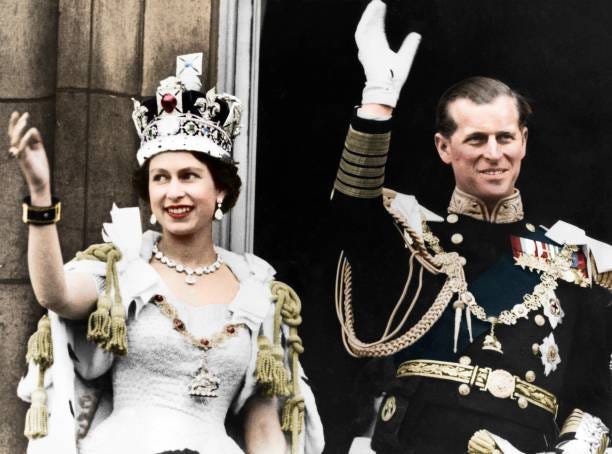
To put this event in context, in 1953, MMP was on marriage three and living in Washington D.C. after years in Russia, where her husband Joe Davies had been the U.S. ambassador to the Soviet Union and Belgium. Curry powder would have been a novel seasoning in recipes then. England was still under the restrictions of post World War II rationing, and India, the birthplace of the flavor, had gained its independence from British colonization six years earlier.
But by the 1960s, curry powder would find its home quite nicely in the simplest of British and American recipes, especially chicken salad. And this particular chicken salad with its apricot undertones.
I couldn’t help but love the irony of the Hillwood cafe serving Coronation chicken because as much as MMP seemed to seek the regal elements of life, had private ships, and later her own plane, she never thought of herself as royalty. I’m not quite sure what Coronation chicken salad’s connection is to Hillwood other than it was a recipe of the moment.
When you tour Hillwood and hear about how MMP entertained the military, the wounded soldiers, the high society along with her hairdressers, you realize she just loved to throw a good party. And pay for it herself. If she were born in June, she wouldn’t request an expensive parade or fanfare.
Her parties, her acquisitions, they were always for others. It helped that she had good taste in art. And when she designed the interiors of Hillwood, those walls and every piece of furniture was intentionally created as a museum and a way to preserve the beauty of this world for others to see.
I have no idea if those two girls walking into the doors of Hillwood picked up on MMP’s generosity, or how at the time she had to fight to be a powerful businesswoman. They might not have a clue what a visionary she was to see the future in frozen foods even if frozen peas or chicken tenders are tucked in their home freezer.
But surely they saw how a very rich person wanted to share what she acquired. And maybe their visit starts a love of history, art, and beauty that lasts a lifetime.
- xo, Anne
P.S. If you want to learn more about the life of Marjorie Merriweather Post, travel to Hillwood. It’s a quick Uber north of D.C., and from azaleas to peonies to roses, something will be in bloom. Take a tour, or do as we did because a little short on time, and download the app and walk room to room and garden to garden as if MMP is right there with you. It’s an enchanting way to begin summer. Or read more about her story in the 2022 book, the Magnificent Lives of Marjorie Post, by Allison Pataki.
What’s your take on Coronation Chicken Salad, Marjorie Merriweather Post, or your favorite fancy house we should visit?
THE RECIPE:
Coronation Chicken Salad
I was raised on curried chicken salad, which I now realize was a spin-off of the real recipe, created in 1953 by Le Cordon Bleu cooking school in London to honor Queen Elizabeth’s coronation. And I love it for summer meals. But it needs a facelift. So I pulled out two recipes as a starting point to make something original. The first was the Cordon Bleu recipe with its addition of red wine and making a reduced sauce that folds into the mayonnaise mixture, adds whipped cream, and is then puréed. I’ve seen the photos of that rich pastel pink-looking sauce and thought 72 years later, do we even eat like that anymore? The second was a simpler recipe adding cilantro and raisins for interest and also combining Greek yogurt with the mayonnaise for a more tangy taste. What I wound up with is this recipe. The canned apricots are a little hard to find these days, so you can omit them if you like. If you want to be more like the original, puree the sauce, but I like the little bits of onion and raisin throughout. Serve on lettuce leaves or soft bread.
Makes 6 to 8 servings
2 teaspoons vegetable oil
1 cup finely chopped onion
1 tablespoon curry powder
1 tablespoon tomato paste
1/4 cup (2 ounces) red wine
1 bay leaf
1 lemon, juiced (2 to 3 tablespoons)
4 to 5 canned apricots halves, diced
3 tablespoons apricot preserves or jam
1/4 cup yellow or dark raisins
3/4 cup mayonnaise
3/4 cup Greek yogurt
2 pounds cooked chicken (about 4 full cups), shredded or finely diced
1/2 cup finely chopped celery
Curry powder and Creole seasoning
Salt and pepper to taste
Fresh cilantro, for garnish
Toasted almonds, for garnish
Lettuce leaves, watercress, or soft bread for serving
For the sauce, heat the oil in a large skillet and add the onion. Saute over low heat until the onion is soft but does not brown, about 4 to 5 minutes. Stir in the curry powder, tomato paste, red wine, bay leaf, lemon juice, apricots, apricot preserves, and raisins. Let cook over low heat, as low as possible, so flavors meld and the sauce reduces slightly, stirring constantly, about 8 minutes. Turn off the heat, and remove the bay leaf. Turn the mixture into a large bowl, and let cool 15 minutes. Fold in the mayonnaise and yogurt and place in the refrigerator to chill while you prepare the chicken.
For the chicken, cook about 2 pounds (4 large) boneless breasts or a whole chicken until tender. Let the chicken cool, then remove any skins or bones and shred into small pieces to yield 4 generous cups. Place the chicken and celery in a shallow pan, and sprinkle with curry powder and Creole seasoning to taste.
Remove the sauce mixture from the fridge, and fold in the chicken and celery. Pile onto a serving platter to serve at room temperature. Or if it is to be served chilled, return to the fridge to chill 1 to 2 hours.
Garnish with springs of fresh cilantro (or chopped leaves), almond slivers or slices that have been lightly toasted, and the extra apricots from the can, diced. Serve as a salad in big scoops or on sandwiches.

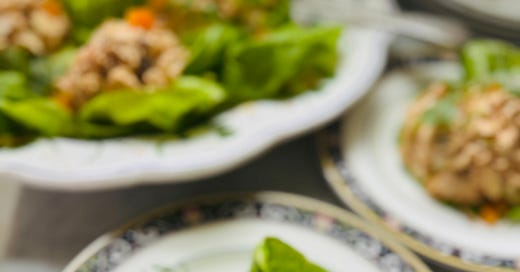




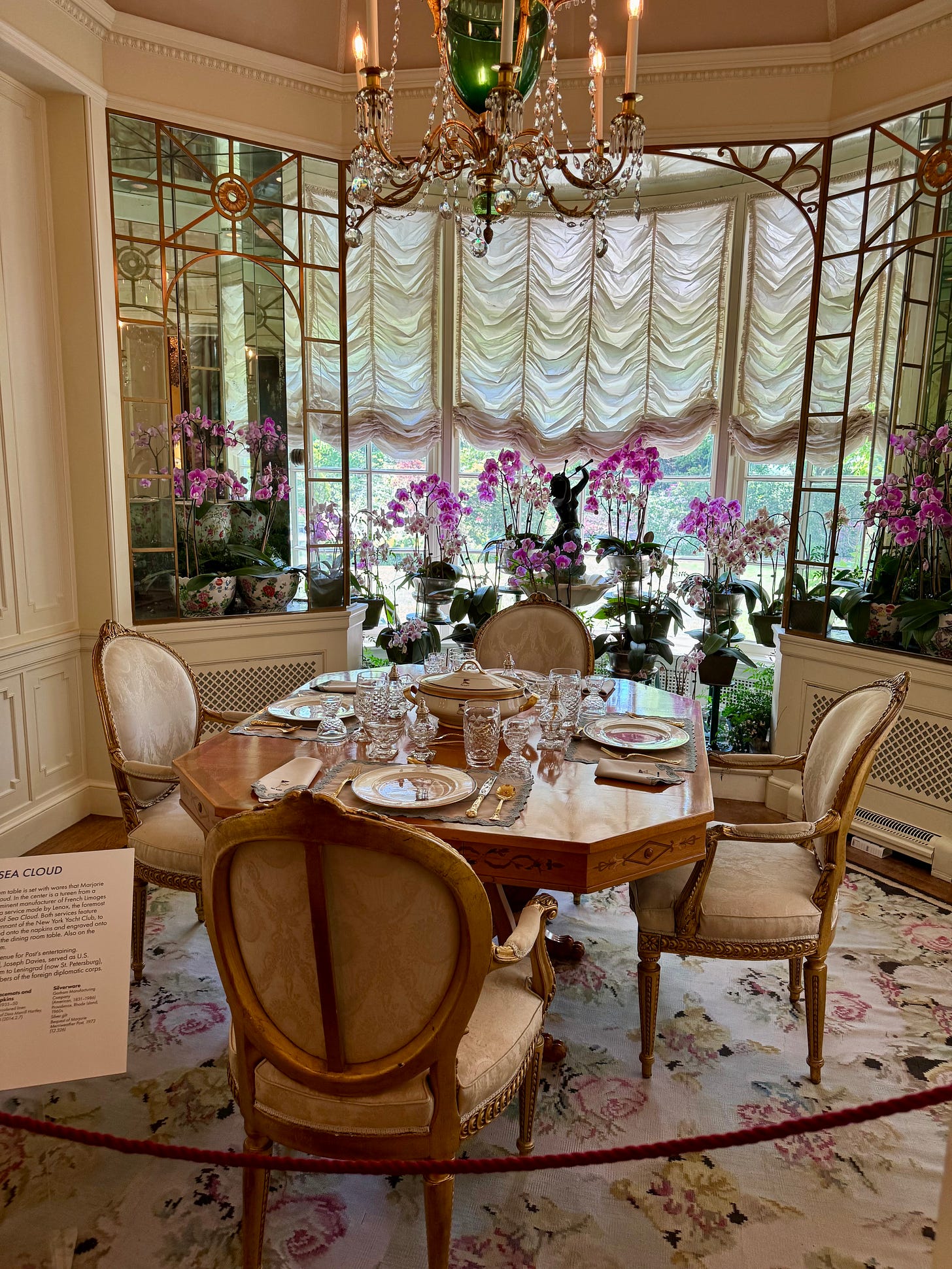
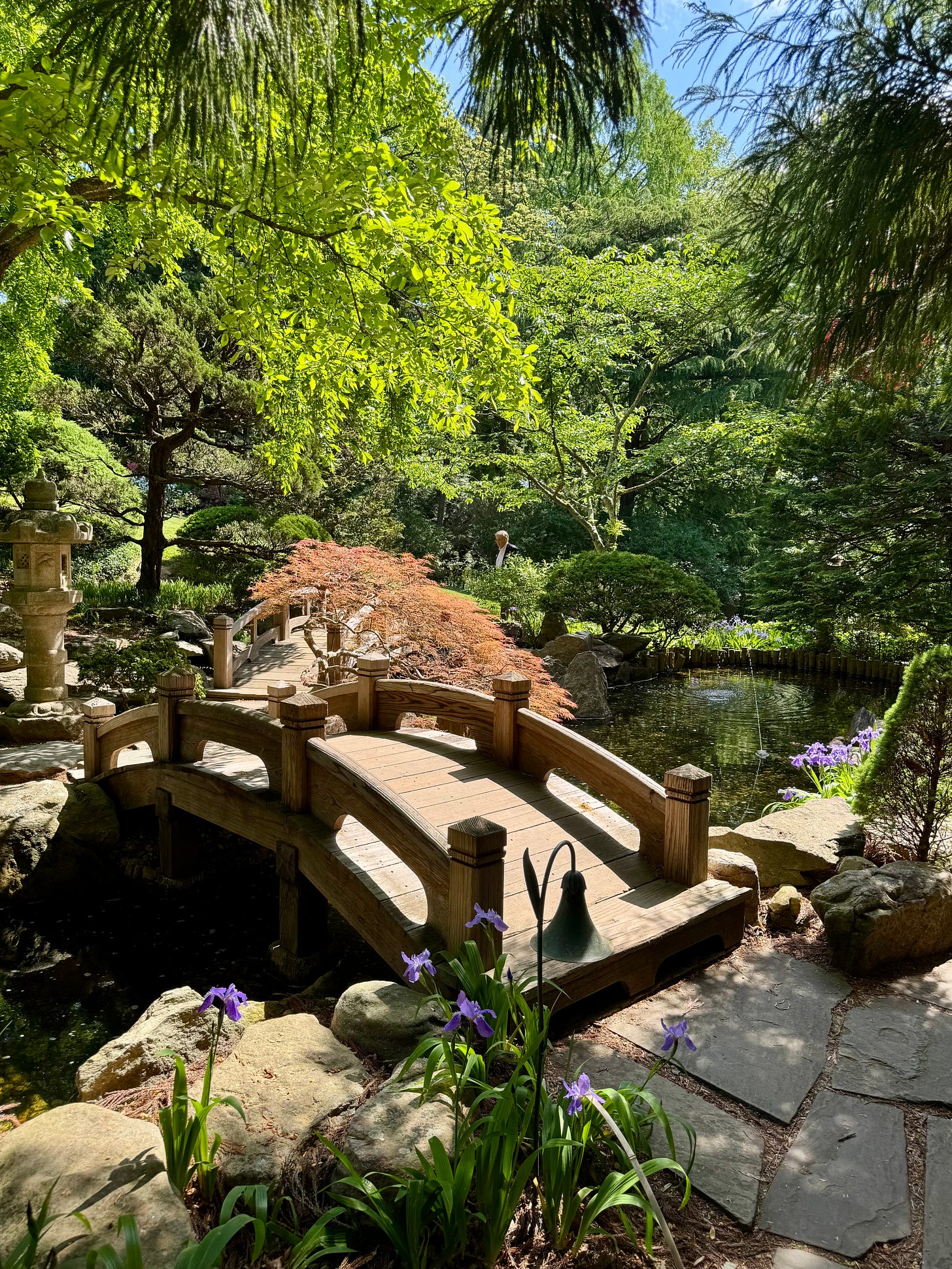


I learned the secret of using part mayo part yogurt in chicken salad dressing from a now closed coffee shop in Huntsville, AL. It gets rid of that heavy “glop” texture which I find so unappealing.
In Houston we have Imma Hogg’s home Bayou Bend full of early American furniture. George Bush the elder held the G8 conference dinner there when he was president.